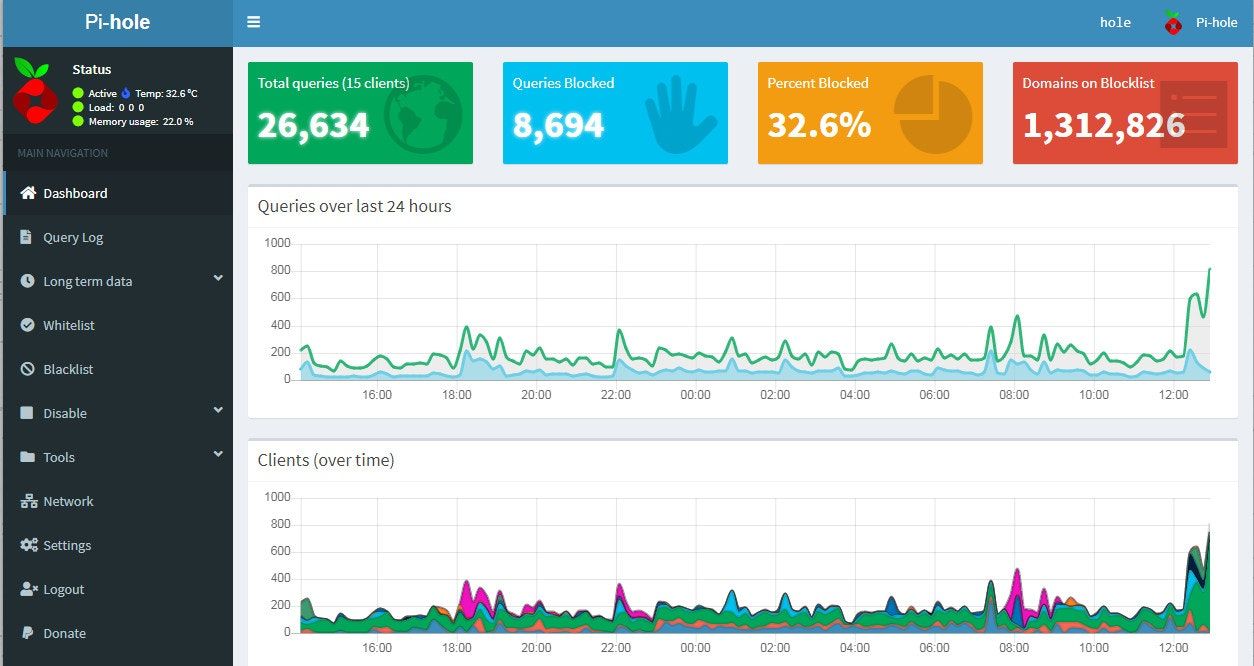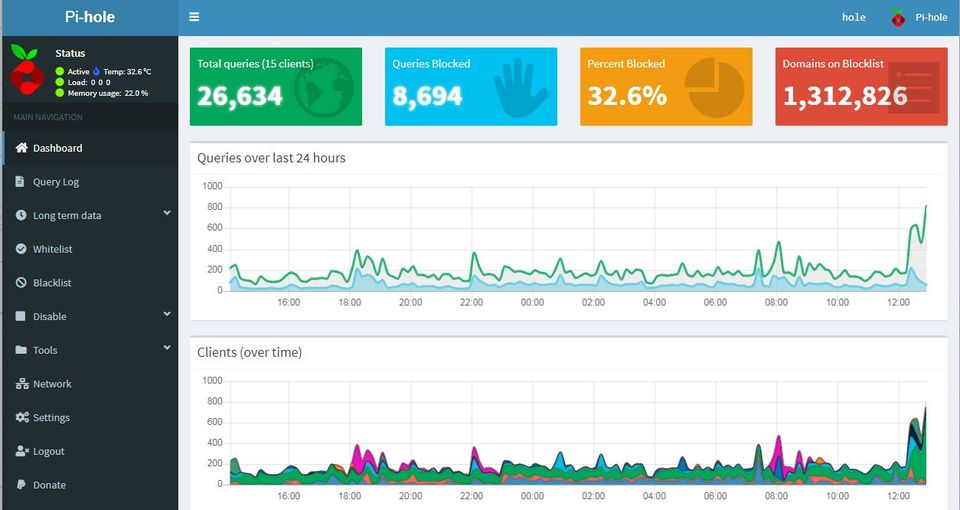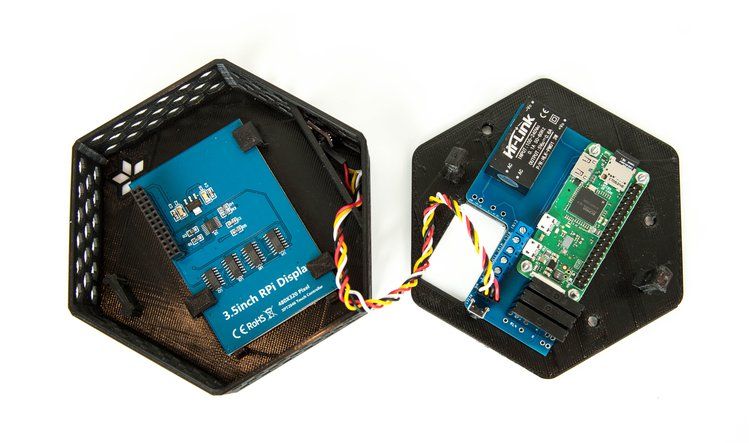Fight back against pervasive persuasive and annoying advertising
Advertising on the internet and on your devices is not only pervasive, and potentially persuasive, but also a persistent threat to your security and safety. Ads and the networks that drive them are often the easiest way that someone can hack you or your machines.
Actively blocking advertising on your entire network not only helps to protect that network, but it also offers a considerable improvement of your quality of life. As a result there is a growing social movement of people motivated and mobilized to fight back against online ads.
The $200 billion digital ad industry should fear the brotherhood of the ad blockers https://t.co/fqmeHSdb7T pic.twitter.com/tolDgALpkr
— Bloomberg (@business) May 10, 2018
Internet advertising sucks. It stalks us, profiles us, preys upon us, and takes up a remarkable amount of screen space. I often forget this, as I have a Pi-hole on my network, a dns based ad blocking device that filters out almost all the ads when I use the Internet at home. However when I sadly have to leave my home, I am shocked by how ads have infected the entire Internet user experience.

In today’s issue we return to our “Future Tools” series and take a look at the mighty Pi-hole. Free and open source software designed to run on the affordable and popular Raspberry Pi (but can run on any hardware that runs Linux).
A Pi-hole blocks advertising on your network via a list of banned domain names. My current installation has a blocklist of over 1.3 million domain names which then blocks almost a third of the queries that come from the devices that connect on my property. Here’s a pic of my dashboard:

Running a pi-hole in addition to ad block plus in my browsers means that I rarely see an ad. Where this makes a particularly profound difference is with smart phones and tablets. No more ads in apps. I find this especially nice in news and game apps.
Social media of course is a bit different. Facebook, Twitter, and Instagram ads for example are all native to that platform, so hard to block them without blocking the entire platform. However what is blocked are those platforms ability to track you elsewhere on the web. Limiting what they know about you is crucial.
Yet ad blocking is also about having greater agency over your relationship with reality. Given how much of our current relationship with reality is digitally mediated, how is that reality defined? By us, or by advertisers attempting to influence and manipulate us?
Ad blocking technology can therefore be seen as “reality tunnel management” or more precisely as an example of diminished reality software that seeks to enhance our reality by giving us the ability to block others attempts at interfere with it:
"Diminished Reality Software": https://t.co/pbiKO3fuef pic.twitter.com/pDwqWJ4iqA
— samim (@samim) May 16, 2018
Using a pi-hole is actually quite easy. I’ve added a bunch of additional block lists to my own. Mostly known scammers, frauds, and crypto-currency boosters. Adding or removing entries from the pi-hole database is as easy as point and click.
It’s also easy to see what is being blocked in real time. This is educational when it comes to learning who is trying to track you, but also helpful when the blocking is too aggressive and prevents sites from working as you wish. If something isn’t working you can check your pihole dashboard to see if it provides further information. This alone is probably an improvement on your current setup where you have no clue what’s going on behind the scenes.
Installing and getting started with a pi-hole is not that difficult:
To begin, you want a raspberry pi micro computer. They can be bought online or at your local robot store for anywhere between $20 and $70 depending on the model and included accessories. You may even know a nerd who has one sitting around that they could give you. Raspberry Pis were developed in the UK as an educational device for kids, but due to the cheap price point became popular with hackers the world over.
Just found @The_Pi_Hole and dug out an old @Raspberry_Pi and 30 minutes later I have an adblocker on my home network. I love recycling old kit in ways like this. #privacy #Recycle #adblocker pic.twitter.com/ZjAIlUl72c
— Core Monkey (@coremonkey) October 23, 2019
Once you have possession of a pi, the next step is to install the operating system. Raspbian is the flavour of Linux that is designed for the pi, and is relatively easy to install (as show in the video above).
After you’ve got Linux up and running, the next step is to install the pi-hole software. Which I think is even easier to install than Raspbian.
Once installed, the pi-hole is pretty much good to go. All you need to do is point your router or individual devices to use the pi as your dns server. I’m guessing most of you reading this do not know how to do this, and yet, I think it would be incredibly valuable for you to take the time to do so.
Which is the point of this newsletter issue. Teaching yourself how to install and use a pi-hole will be a major leveling up for you on the Internet. It will make your experience online far better and safer, while also providing an entree to a world that we’ll collectively be going to frequently.



